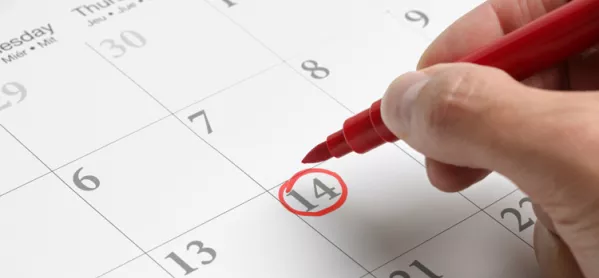When I introduced a second maths session on the same day for my Year 2 children, they didn’t exactly jump for joy.
My colleagues were not thrilled either. Time was pinched enough when trying to meet all the requirements of the curriculum. Why should I rob them of even more of it?
However, I had a bee in my bonnet and, frankly, I thought it was a good idea. My hope was that as soon as we started, everyone else would agree with me.
Of course, I did sympathise with my colleagues. There may not actually be enough time in the day to teach everything Year 2 children need to know for their Sats and also to ensure they have a deep mathematical understanding with strong foundations to carry them through their learning pathway.
But we had a problem that needed fixing. I needed certain things included in daily maths: impactful reminders about prior learning, a focus on fluency, retention of number facts, understanding of relationships between numbers and a deep understanding of maths so all children can become maths masters.
The maths ‘toolbox’
Trying to fit all of this into one session a day was a nightmare. Reminders of prior learning were particularly difficult. For many children of this age, yesterday seems like the distant past and efforts to recall the previous day’s lesson would often lead to periods of confusion and disengagement.
So, I decided to try something a little bit different. Two sessions a day seemed to be the answer.
I reduced the main maths session to 45 minutes and I could just sneak that in before morning play. And the children seemed to be naturally ready for a challenging wake-up after afternoon assembly, so it was a no-brainer to place my other 15-minute lesson there.
The 45-minute session is based around new learning, while in the afternoons we now concentrate on fluency and quick rehearsal of maths facts and number relationships - the stuff we need in our “toolbox”.
Making progress
So, for example, on a typical day, I might cover place value in the morning. Then in the afternoon, we might do a times tables task, all the while ensuring the mastery approach is fully embedded in our practice.
This means the problems cited above have been overcome as children are focussing on a key strand of their learning in one session and have time to really engage with the strategies and the topic rather than flitting from one area to another. As we are teaching for mastery it is essential that the children are fully immersed in connected learning for a period of time.
If I’m honest, I am still working with the staff to embed this idea, as although my colleagues are amazing, the maths push last year was enormous. This year, we have planned for continued review of our practice as I become more immersed in the NCETM mastery specialist programme. I will continue to encourage the staff to take these ideas to heart so that we can continue to help our pupils make better progress in maths.
Kate Maddison is a Year 2 teacher and maths lead at a primary school in Yorkshire
